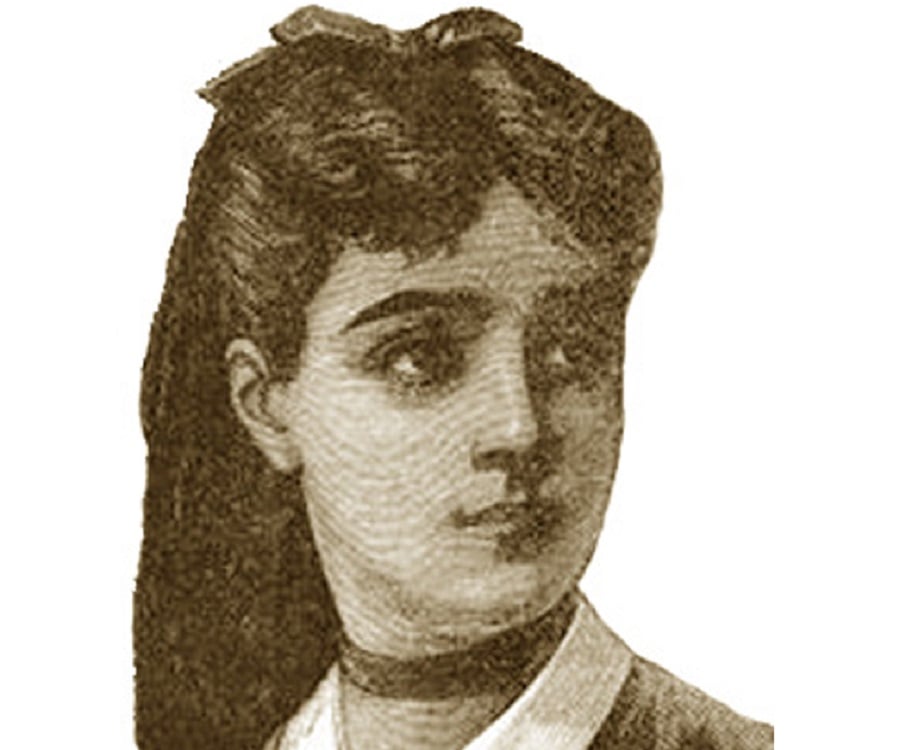Carl
Friedrich Gauss was born in Germany in April 1777 and would go on to make
significant contributions in mathematics (especially in the areas of algebra, number theory, and statistics) and physics (particularly in astronomy, optics, and electromagnetism).
Gauss devoted his life to mathematics even incorporating the symbols for pi and
integration into his signature.
Born to a poor family, Gauss
learned to solve "real-world" problems using math from an early age.
As an example, Gauss's mother was was unable to read or write and as a result could not record when he had been born -- she could only remember that he had been born on a
Wednesday, 8 days before the Feast of Ascension. (The Feast of Ascension is a mostly-abandoned Protestant holiday that always takes place on a Thursday,
40 days after Easter). Gauss was able to figure out when he was born by
devising a method to calculate the date for Easter in any given year. Not bad for a young boy from a poor, uneducated family!
A more famous example of Gauss’s problem-solving abilities took place when he was an 8-year-old student, and his
teacher instructed him to sum up all of the integers between 1 and 100 as a
punishment for misbehaving. To their astonishment, Gauss solved the problem
within seconds [1]. His reasoning is sketched out below.
Later in life, he was able to make several important contributions, particularly in number theory. Gauss was the first to prove the Triangular Number Theorem (any positive integer can be written as the sum of at most three triangular numbers), was the first to conjecture the Prime
Number Theorem, was the first to calculate the orbit of a dwarf planet named
Ceres, and provided the foundation for the modern study of statistics, optics,
and electromagnetism. Of these, probably the most important mathematical
accomplishment was his conjecture of the Prime Number Theorem, which hypothesizes
that the prime numbers are distributed roughly as N/log(N). In other words, the
probability that a randomly chosen integer greater than N is prime is given approximately by 1/log(N) [2]. This approximation becomes more accurate as N
approaches infinity.
Gauss's personal life was
tumultuous. His father had a dominating personality leading to a distant
relationship between the two. In 1805, he married a woman named Johanna Osthoff
who tragically died just a few years later in 1809. They had two children
together - one son and one daughter. The son died a year after Johanna. In
1810, Gauss remarried but was a markedly different man as the result of the grief from his first wife's and son's deaths. He began do treat his children aggressively in the same way that his
own father had treated him, leading to tension within the family [1].
Gauss was a zealous perfectionist (his personal motto was pauca sed matura: "few, but ripe"), diligent worker, and devout Lutheran. These traits may have been influenced in part by the nationalistic attitudes in Germany at the time (Gauss rarely collaborated with other mathematicians, especially non-Germans) together with the nihilistic philosophies espoused by the German philosophers, Immanuel Kant and Friedrich Nietzsche, who may have influenced some of Gauss’s more unorthodox religious beliefs [3].
In 1855, Gauss passed away from a heart attack and was buried in Gottingen, Germany [1]. After his death, Gauss’s brain was studied by medical experts who found it to be slightly bigger than average. They also found his brain had more pronounced convolutions (the folds on the surface of the brain), which have been speculated by some as a physiological explanation for his genius [4].
References
[1] Bruno, Leonard C. (2003). Math and mathematicians: the
history of math discoveries around the world U·X·L, 1999
[2] Hoffman, Paul (1998). The Man Who Loved Only Numbers.
New York: Hyperion Books
[3] Bühler, Walter Kaufmann (1987). Gauss: a biographical
study. Springer-Verlag
[4] Bardi, Jason (2008). The Fifth Postulate: How Unraveling
A Two Thousand Year Old Mystery Unraveled the Universe. John Wiley & Sons





